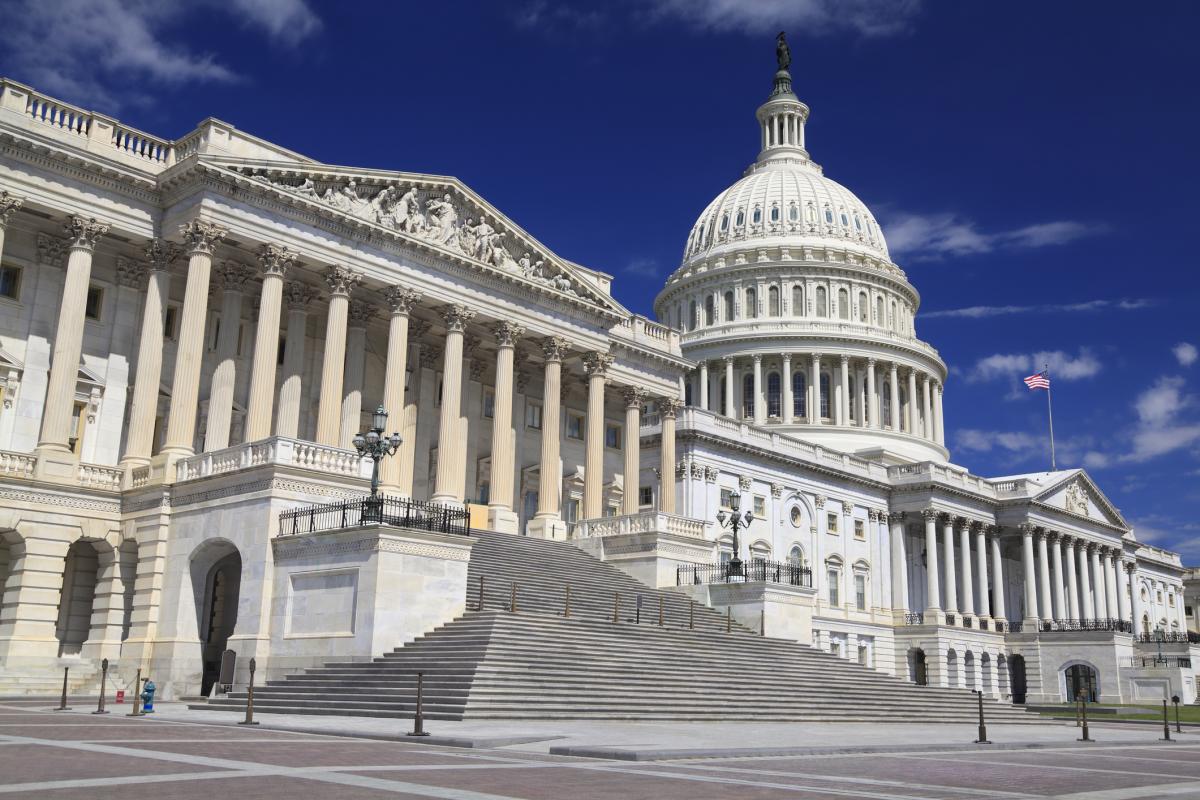The House Approved Tax Relief for American Families and Workers Act of 2024
 Yesterday the House approved the Tax Relief for American Families and Workers Act of 2024 in a 357 to 70 vote. The Senate still needs to vote on the bill before the legislation is passed, and that vote is not yet scheduled.
Yesterday the House approved the Tax Relief for American Families and Workers Act of 2024 in a 357 to 70 vote. The Senate still needs to vote on the bill before the legislation is passed, and that vote is not yet scheduled.
A summary of the main highlights of what the bill would do, if enacted as introduced, follows:
For Businesses
- Allow businesses to deduct rather than amortize domestic research or experimental costs until 2026. Under current law, these expenditures must be amortized over a 5-year period.
- Allow businesses to calculate their section 163(j)[1] limitation on interest deductions without regard to any deduction allowable for depreciation, amortization, or depletion rather than earnings before interest and taxes for tax years 2024-2026.
- Retroactively extend the 100% bonus depreciation for qualified property placed in service after December 31, 2022 until January 1, 2026.
- Increase the maximum amount a business may expense of the cost of depreciable business assets under section 179 from $1.16 million in 2023 for qualifying property placed in service for the taxable year, to $1.29 million.
- Changes in threshold for reporting on Forms 1099-NEC and 1099-MISC for payments by a business for services performed by an independent contractor or subcontractor and for payments of remuneration for services from $600 to $1,000 and for payments of direct sales from $5,000 to $1,000.
For Families
- Extend the qualified disaster area rules enacted in 2020 for 60 days after the date of enactment of the bill; exempt from tax certain “qualified wildfire relief payments” for tax years beginning in 2020 through 2025; exempt certain “East Palestine train derailment payments” from tax.
- Enhance the low income housing tax credit and tax-exempt bond financing rules.
- Increase the maximum refundable portion of the child tax credit from $1,600 in 2023 to $1,800 in 2023, $1,900 in 2024, and $2,000 in 2025; modify the calculation of the maximum refundable credit amount by providing that taxpayers first multiply their earned income (in excess of $2,500) by 15 percent, and then multiply that amount by the number of qualifying children (so that a taxpayer with two children would be entitled to double the amount of refundable credit); adjust the $2,000 maximum per child tax credit for inflation in 2024 and 2025; and allow taxpayers in 2024 and 2025 to use earned income from the prior taxable year to calculate their credit. These provisions would be effective for tax years 2023-2025, after which the maximum per child credit would revert to $1,000.
This is a summary of the main highlights of the bill. We will summarize the changes, if any, when (and if) the bill is passed.
Any questions, contact us. Here is a link to the Technical Summary from finance.senate.gov if you would like to read about the Act in more detail.
- Debra Rodway's blog
- Log in to post comments



